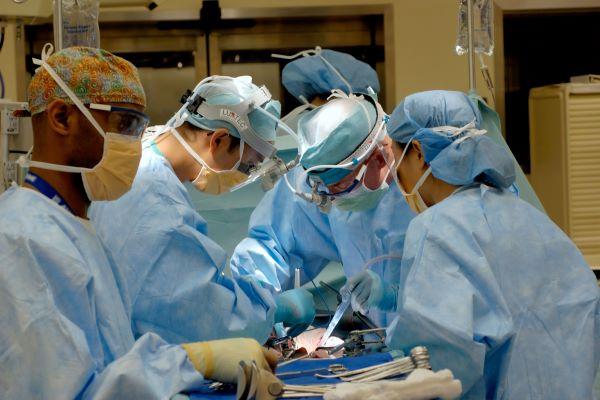As a treatment for endometriosis, surgery can be used to alleviate pain by removing the endometriosis, dividing adhesions or removing cysts.
There are three options of surgery for treating endometriosis:
Conservative surgery
Complex surgery
Radical surgery
Conservative surgery aims to remove or destroy the deposits of endometriosis and is usually done via a laparoscopy (keyhole surgery). The surgeon can either cut out the endometriosis (known as excision) or destroy it using heat or laser. Although surgery can provide relief from symptoms, they can recur in time. Please see our factsheet on laparoscopic surgery for endometriosis for more details.
Read more about how to prepare for a laparoscopy
Watch our video on surgery for endometriosis
Depending on the severity of your endometriosis, you may need to undergo more complex surgery that involves different organs within the body, such as the bowel or the bladder. These types of surgery will often include a multi-disciplinary team such as a colorectal surgeon, and are usually carried out via laparoscopy. Any complex surgery should be discussed thoroughly with your doctor or specialist.
More radical surgery can be considered if a patient has not responded to drug treatments or conservative surgery and is not planning to start a family. Radical surgery refers to a hysterectomy or oophorectomy.
Hysterectomy is the removal of the womb, and is performed under general anaesthetic. It can be done with or without removing the ovaries. If the ovaries are left in place then the chance of endometriosis returning is increased. Some women need a further operation to remove the ovaries at a later date. Hysterectomy is not the right operation for everyone and not a decision to make lightly. Consider all options and discuss things fully with your GP or gynaecologist. Remember that a hysterectomy is irreversible.
Oopherectomy is the removal of the ovaries. When both ovaries are removed, the surgical procedure is called “bilateral oopherectomy,” whereas the removal of only one ovary is called “unilateral oopherectomy.” When both ovaries are removed, a patient will experience an instant and irreversible menopause.
These procedures may be considered for a number of reasons. The decision to have either of these procedures is a big one to make – they are irreversible, so the advantages and disadvantages of each surgery should be discussed in full with your consultant.
For further information on radical surgery, download our resources
 Endometriosis Treatment Information Pack
Endometriosis Treatment Information Pack
 Having a Hysterectomy Information Pack
Having a Hysterectomy Information Pack
Surgery for endometriosis Information Pack
As a charity, Endometriosis UK relies on support from people like you. If you found this page helpful please consider making a donation. Thank you.


